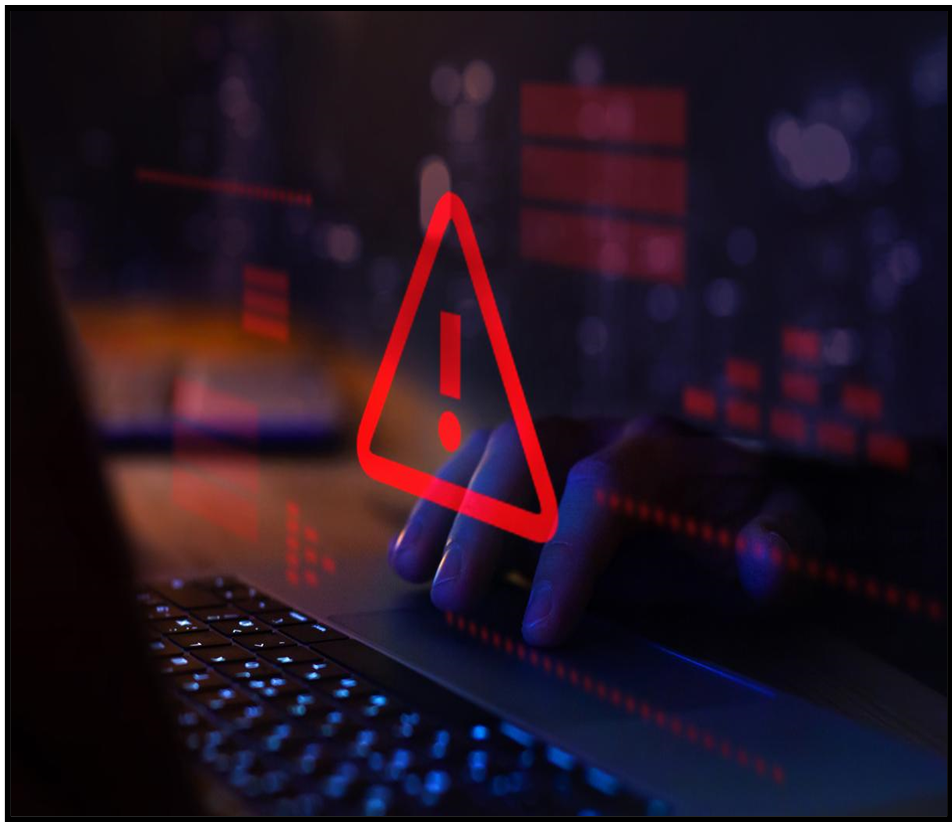DISINFORMATION, AI, AND THE ‘CYBER CHAKRAVYUH’
Relevance
- GS 3 – Cybersecurity, Emerging Technologies
Focus
- This analysis looks at the changing threat landscape characterized by disinformation and cyber-attacks, particularly the integration of Artificial Intelligence (AI) and its different forms.
- It emphasizes the difficulties of current digital warfare, in which AI-driven disinformation operations and cyber threats represent serious challenges to global security.
Context
- The year 2024 has been defined by extraordinary cybersecurity threats, fuelled by the rapid growth of AI technologies.
- Security experts throughout the world are concerned about the increase of AI-enabled disinformation and cyber-attacks, which are becoming more sophisticated and impactful.
- These events highlight the importance of stronger cybersecurity measures and international cooperation in dealing with growing threats.
Key Issues
- The Rise of AI-Driven Disinformation:
- Impact on the World: Artificial intelligence (AI) has completely changed the production and distribution of false information, making it possible to do it on a never-before-seen scale. This has been demonstrated in a number of geopolitical confrontations where the manipulation of public perception and societal harmony by AI-generated content has occurred.
- Case Study: Ukraine crisis: Tensions can be escalated by AI-generated misinformation, as the use of AI by both sides to spread false information has complicated attempts to end the conflict.
- Cyber Threats Amplified by AI:
- Critical Infrastructure at Risk: Power grids and communication networks have been the targets of AI-powered cyberattacks that have caused significant disruptions. These assaults have brought attention to the weaknesses in national security systems against threats augmented by AI.
- The CrowdStrike Outage, a notable incident from 2024, highlighted the possible scope of AI-driven cyber threats when a huge cyberattack utilizing AI algorithms affected Microsoft’s services worldwide, including in India.
- The Convergence of AI and Cyber Warfare:
- Complicated Threat Environment: AI combined with conventional cyberwarfare methods has produced a “cyber chakravyuh,” a complicated and almost impenetrable virtual combat zone. Because of this, security services are finding it harder and harder to foresee and stop cyberattacks.
- Advanced Countermeasures Are Required: The use of AI in cyberwarfare calls for the creation of countermeasures that are just as complex, such as defence systems powered by AI and improved international cybersecurity norms.
- AI and Data Privacy Concerns:
- Personal Data at Risk: Data privacy has become a major worry due to AI’s capacity to handle enormous volumes of data. Identity theft and fraud have increased as a result of cyberattacks using AI that have become more focused on personal information, including financial and biometric data.
- Regulatory Challenges: New legislation that can keep up with technology improvements are necessary because the current legal frameworks frequently fail to meet the intricacies of AI-driven cyber risks.
- The Global Response to AI-Driven Threats:
- multinational Cooperation: A coordinated multinational response is required due to the global nature of AI-driven cyber threats. Cooperation between nations is required to create and implement cybersecurity regulations that can successfully reduce the hazards associated with AI.
- Public Education and Awareness: Educating the public about the risks posed by cyberthreats and AI-driven misinformation is essential. Campaigns for public education can assist people in identifying and avoiding becoming victims of these cunning attacks.
Statistical Data
|
Way Forward
- Creating AI-Driven Countermeasures: In addition to strengthening defences, countries need to invest in AI technology to anticipate and neutralize AI-driven threats before they materialize.
- Enhancing International Cooperation: Given the global nature of cyber threats, international cooperation is essential. These dangers can be reduced by developing an international cybersecurity framework with uniform protocols and shared intelligence.
- Revising Legal Frameworks: To meet the problems faced by artificial intelligence in cybersecurity, laws and regulations must change. Governments ought to put effort into developing laws that take into account artificial intelligence’s potential for both beneficial and detrimental uses.
- Public Awareness and Education: It’s imperative to warn the public about the dangers posed by AI, including identity theft and misinformation. Public awareness campaigns can assist people in identifying risks and implementing improved security procedures.
- Improved Emphasis on Data Privacy: It’s critical to safeguard personal information in a time when artificial intelligence can access enormous volumes of data. Better enforcement procedures and stricter legislation are required for data protection.
Conclusion
The realm of digital warfare has changed and become more sophisticated as a result of AI’s incorporation into cybersecurity. AI technology must develop further, and so too must the strategies used to neutralize these ever-changing dangers. Prioritizing cooperation, innovation, and regulation will help the international community protect itself from the potentially disastrous effects of cyberattacks driven by artificial intelligence. If action is taken now, disinformation campaigns and cyberattacks may become commonplace in the future, which would have disastrous effects on both personal privacy and global security.
Mains Question
Discuss the ramifications of AI-driven disinformation and cyber-attacks for global security. How can governments prepare to deal with these growing threats?
(250 words)
Source: The Hindu




